Percy Metcalfe
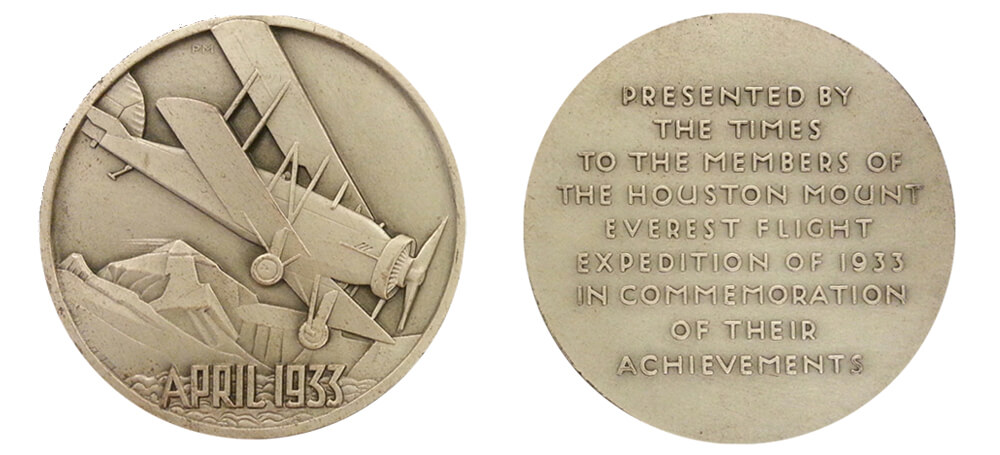
Everest Flight Medal 1933 (Percy Metcalfe)
At the Royal Mint Museum we are in a privileged position to be easily able to research original records from our archives on the Royal Mint and we are able to see plaster models and electrotypes that never made it past the design process to appear on an actual coin, medal or seal. These are rare works of art and an important reminder of the careful selection process that takes place in creating new coinage in particular. Percy Metcalfe’s distinctive and fashionable art deco style has caught our eye over the course of the Inventory Project, seeming strikingly modern in the context of other artists working for the Royal Mint around the same time. His strong, geometric designs have a timeless appeal. Metcalfe’s seagull design for the shilling is a particular favourite of ours, though rejected by the Royal Mint Advisory Committee and so never planned to appear on the coinage. This shilling was one of the proposed designs for the United Kingdom coinage of Edward VIII but none of these ever entered circulation due to the king’s abdication from the throne.
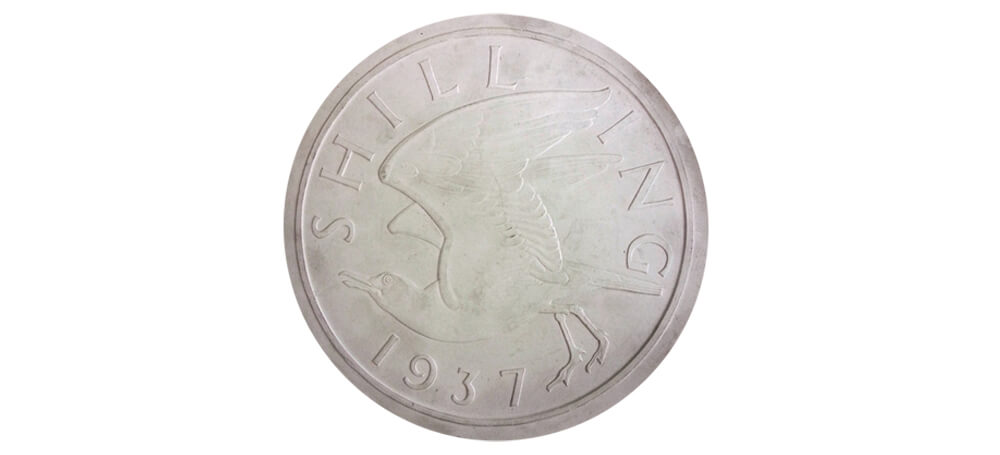
Plaster model: 1937 shilling seagull design (Percy Metcalfe)
Before his abdication, Edward had suggested a “modern coinage” for his reign, so the Royal Mint Advisory Committee prompted artists to produce “non-heraldic” designs for consideration. Inspiration for a wildlife theme was taken from the Irish Free State coinage of 1928, which was one of Metcalfe’s greatest numismatic triumphs, of which had come to be regarded as the archetypal modern coinage. On the plaster model, the outstretched wings of the seagull follow the curve of the word shilling, and the tip of a wing breaks a gap in the middle of the letters. Minutes from the Committee meeting on 19 June 1936 only briefly mention Metcalfe’s design: “a sea-gull was regarded as suitable but not as drawn with outstretched wings”. The work done for the Edward VIII coinage was not entirely in vain, as from this search for non-heraldic designs emerged the wren and the ship which were to be used on the farthings and halfpennies of George VI. Metcalfe produced designs for the Royal Mint between 1924 and 1948, and made a significant contribution to the output of coins and medals during this time. He also designed the Second Great Seal for George V in 1930, which was very much a stylistic departure from previous royal seal designs.
Propelled by Robert Johnson, Deputy Master of the Mint, the 1920s were a period of revival for medal making. Johnson particularly favoured Metcalfe as an artist and recruited him and other artists with the aim of expanding the medal department. It is apparent that Metcalfe relied heavily on the support of Johnson, as after Johnson’s death in 1938 Metcalfe’s involvement in coin and medal design soon fell away.
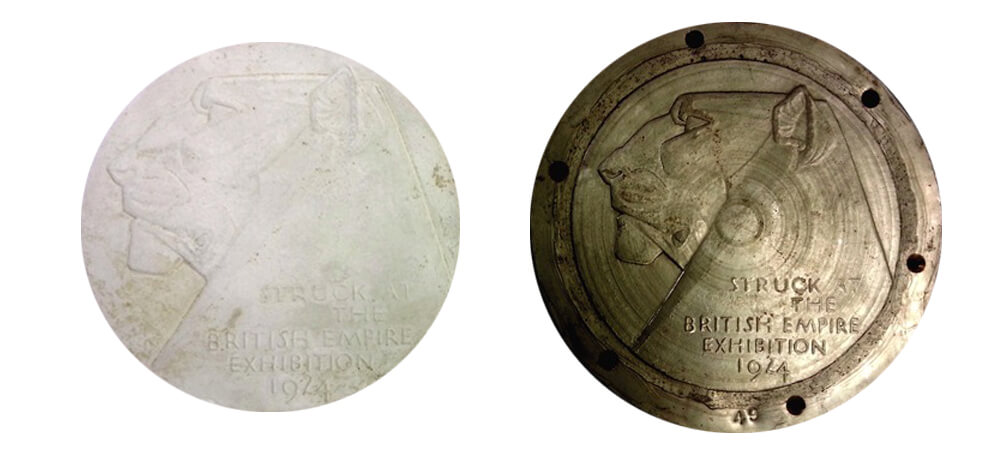
Plaster model and electrotype: British Empire Exhibition 1924-25 Keepsake Medal (Percy Metcalfe)
The British Empire Exhibition (1924-25) medals were Metcalfe’s first works for the Mint. He designed medals for the exhibitors and the souvenir keepsake medal. These keepsakes were struck at the exhibition. The lion design is based on a sculpture in the Palace of Industry at Wembley, created by Metcalfe for Sir Lawrence Weaver, the co-ordinating architect. Weaver had asked for a symbolic lion to represent the modern British Empire and lions were a theme throughout the exhibition, including imagery on the tickets and programmes. Metcalfe’s Voluntary Medical Service Medal beautifully depicts the lady of the lamp, Florence Nightingale, on the obverse. A strong visual impact is created in this design by the hands and face pointing in opposite directions. According to the Advisory Committee meeting minutes from 1 July 1931, the original plan for the medal was to use a reverse design by George Kruger Gray, however “it had become evident that the style… would not pair satisfactorily with the obverse and Mr Metcalfe was invited to submit a reverse”. Clearly Metcalfe’s distinctive style did not easily blend in with the style of his contemporaries, and understandably the lady of the lamp image was the favoured side of the medal and too good to lose.
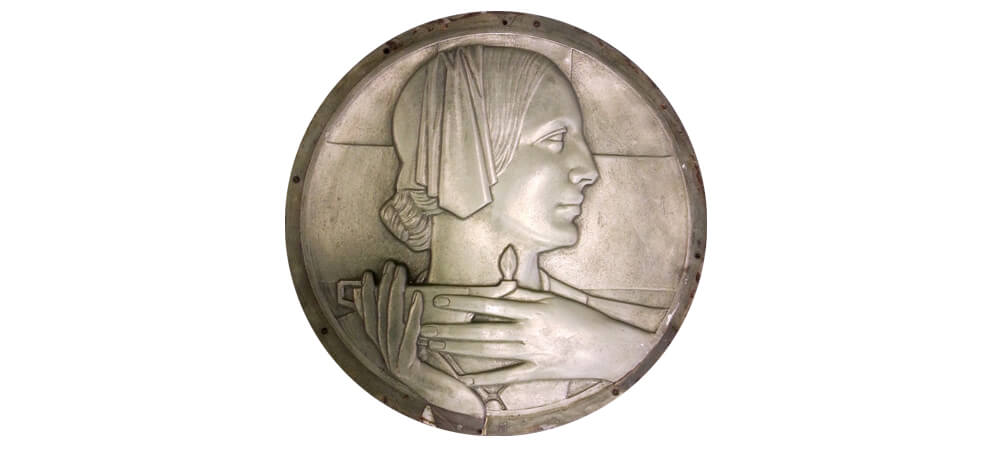
Electrotype: Voluntary Medical Service Medal (Percy Metcalfe)
For further information relating to this article:
Dyer, G.P. 1973. The Proposed Coinage of King Edward VIII. (book)
Eimer, C. 1985. Sir Robert Johnson, the Mint and Medal Making in Inter-War Britain.
Or visit our online library
You might also like
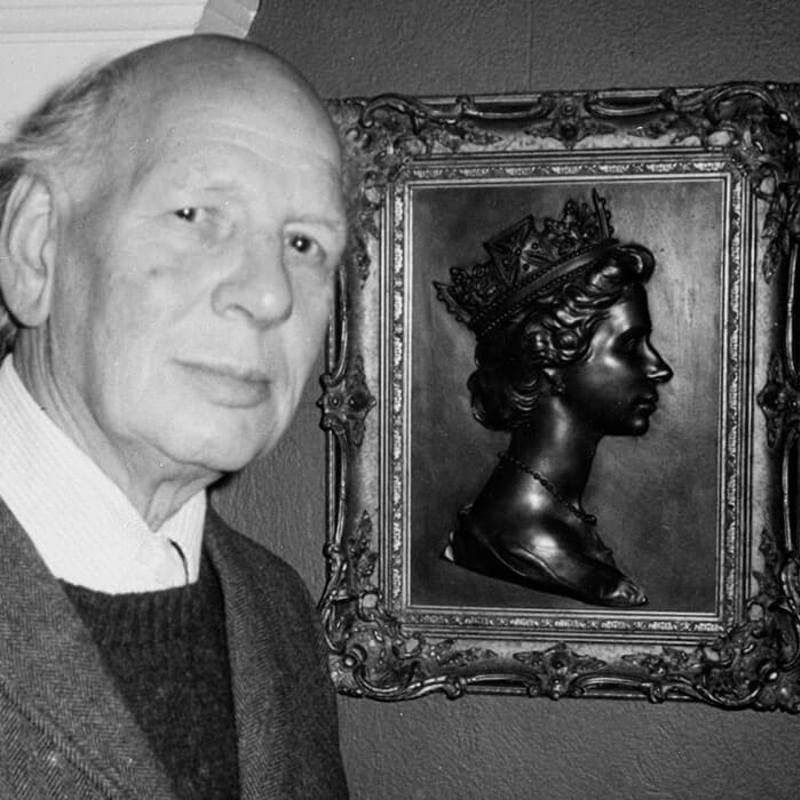
Arnold Machin
Machin designed the royal portrait which featured on United Kingdom decimal coins from 1968-84.
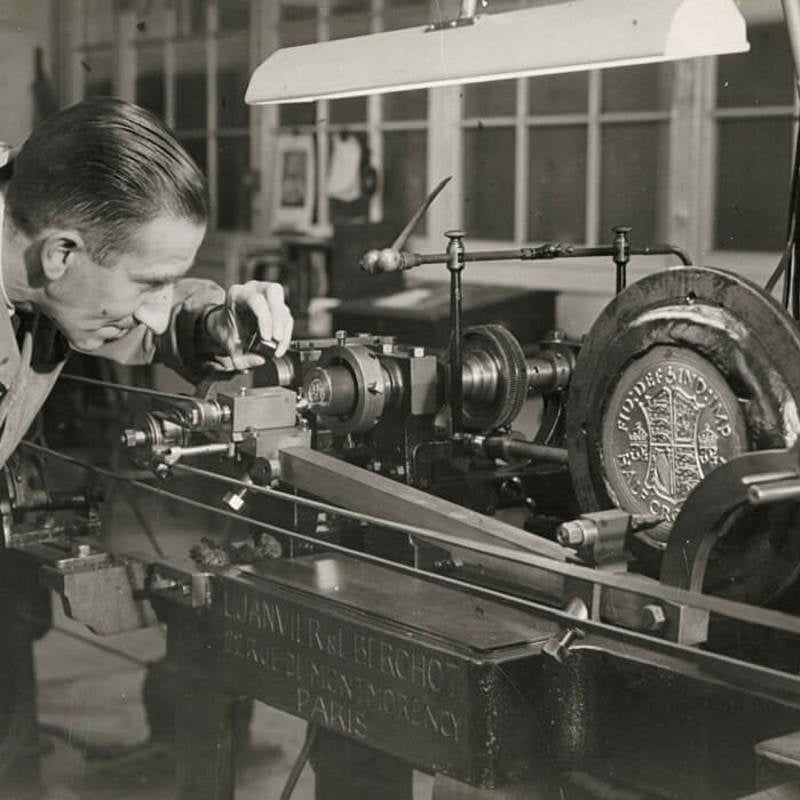
Collection in Context
The objects in the Museum each represent a stage in the process of transforming a concept into a coin.
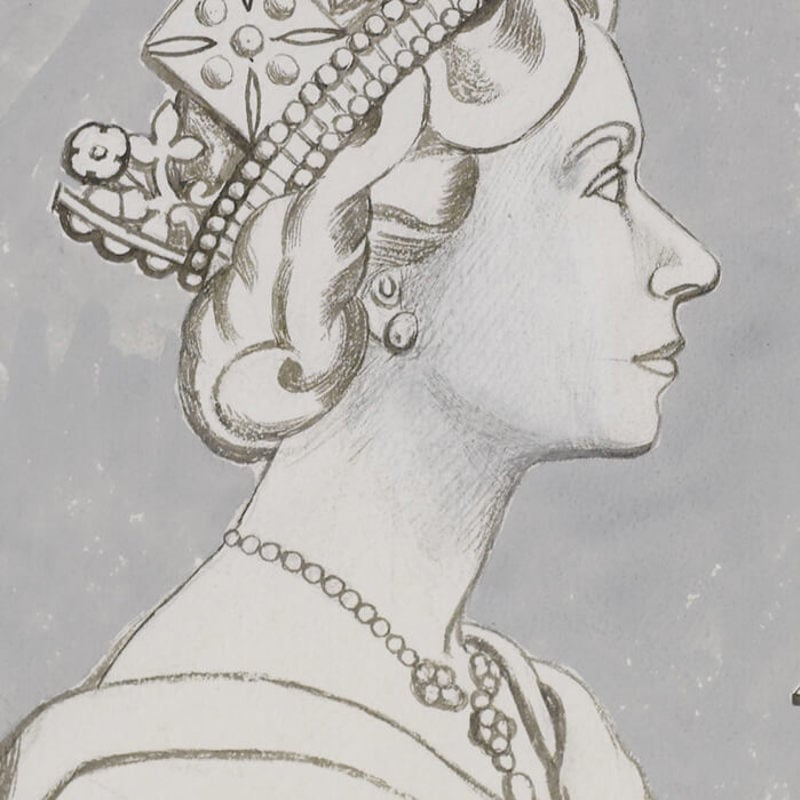
Artwork and Plaster Models
This section of the collection comprises artists’ drawings and plaster models for coins and medals.
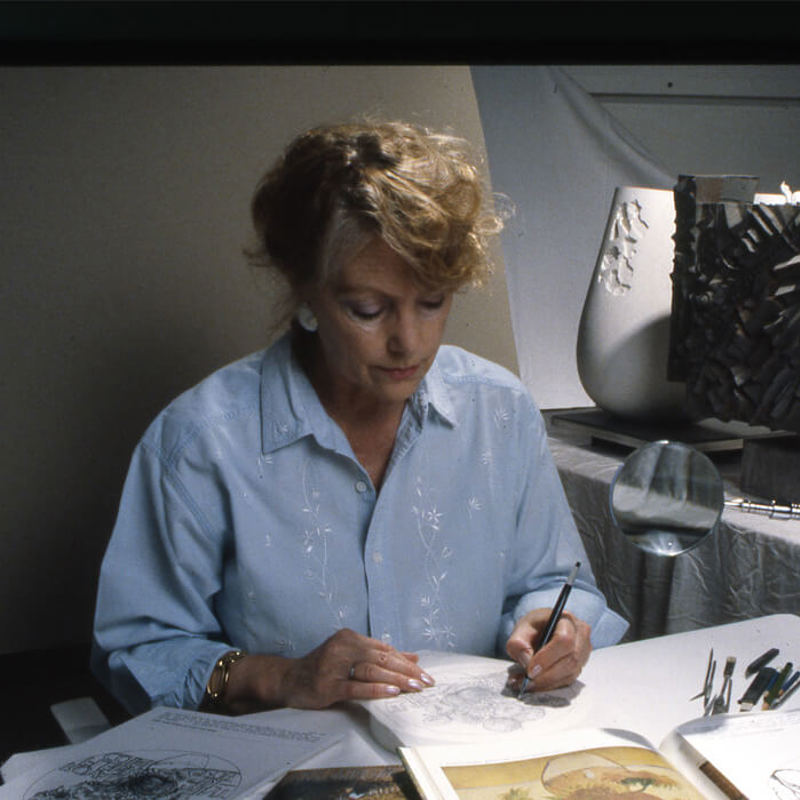
Mary Milner Dickens
The characteristically thoughtful designs of the sculptor Mary Milner Dickens have appeared on many commemorative coins.
